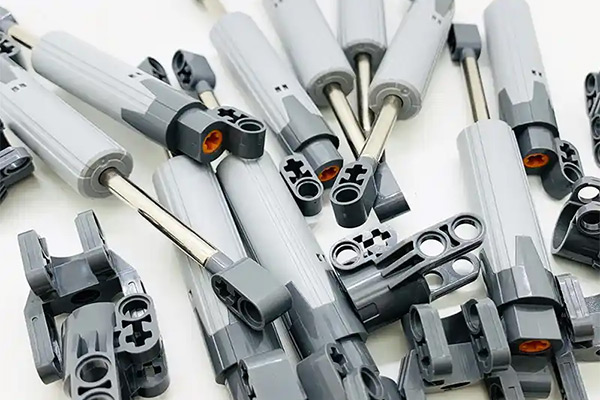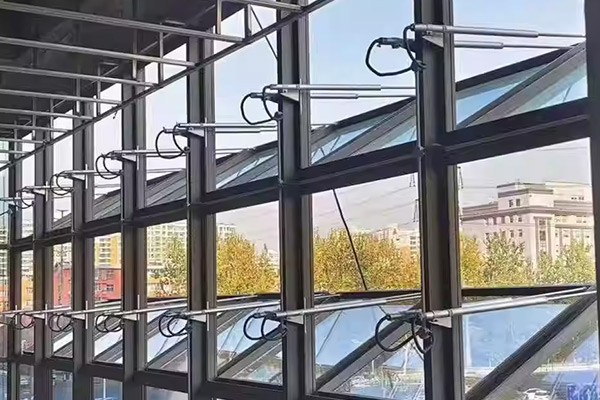Versatile Applications Of Track Linear Actuator: From Industry to Everyday Life
The distinct advantages of electric track linear actuators make them indispensable across a diverse range of sectors:
● Industrial Automation:
In material handling, sorting, and positioning systems, they ensure precise movement and stopping of products on production lines.
As end effectors for robotic arms, they provide exact linear positioning for grippers, welding torches, or cutting tools.
They are integral to automated assembly lines and packaging machinery, boosting efficiency and product consistency.
Used in laser cutting, 3D printing, and other precision manufacturing equipment for highly accurate platform movement.
● Medical Devices:
Precise bed adjustments in diagnostic equipment (e.g., CT, MRI scanners).
Automated liquid dispensing and sample handling in laboratory automation systems.
● Smart Homes and Offices:
Powering smart blinds, hidden TV/projector lifts, and other automated features.
Used in automated furniture, such as adjustable desks, drawers, or bed frames.
● Agriculture:
In precision agriculture, they control components in seeding, spraying, or harvesting equipment.
● New Energy:
Driving solar tracking systems to accurately orient solar panels for maximum energy capture.
● Other Fields: Stage mechanics, robotics, exhibition displays, and any custom equipment demanding compact, precise linear motion.
Choosing the Right Electric Track Linear Actuator for Your Needs
When selecting an electric track linear actuator, keep the following key parameters in mind:
Stroke Length: The maximum distance the carriage needs to travel.
Force/Load Capacity: The amount of weight or force the actuator can reliably push or pull.
Speed: How quickly the actuator needs to complete its stroke.
Positioning and Repeatability Accuracy: How precisely the actuator can reach and return to a target position.
Voltage and Control Options: Match your power supply (e.g., 12V, 24V, 48V) and choose appropriate interfaces (e.g., I/O, RS485, CAN).
Feedback Options: Determine if you need position feedback from sensors like encoders or Hall effect sensors.
IP Rating: Consider the operating environment's dust and water exposure.
Mounting Configuration and Dimensions: Ensure compatibility with your equipment's space and mounting points.
The Future: A Cornerstone of Smart Manufacturing
In the context of Industry 4.0 and smart manufacturing, there's a growing demand for automation components that are miniaturized, modular, highly precise, and flexible. Electric track linear actuators are perfectly positioned to meet these evolving needs. Looking ahead, the integration with advanced sensor technology, the Internet of Things (IoT), and artificial intelligence (AI) will make these actuators even smarter, enabling higher levels of predictive maintenance and adaptive control within complex automated systems.
Conclusion
The electric track linear actuator, with its precision, compactness, and efficiency, is rapidly becoming an indispensable solution for linear motion in modern industries and daily life. It’s more than just a component; it’s a key enabler for elevating automation, optimizing space utilization, and reducing operational costs. Whether you're striving for ultimate manufacturing precision or aiming to create more intelligent home environments, the electric track linear actuator offers robust support and opens up new avenues for innovation.
-

Versatile Applications Of Track Linear Actuator: From Industry to Everyday Life
-

Versatile Applications Of Track Linear Actuator: From Industry to Everyday Life
-

Versatile Applications Of Track Linear Actuator: From Industry to Everyday Life
-

Versatile Applications Of Track Linear Actuator: From Industry to Everyday Life

